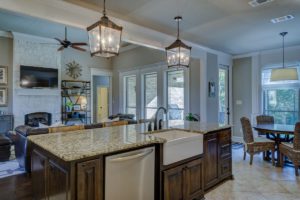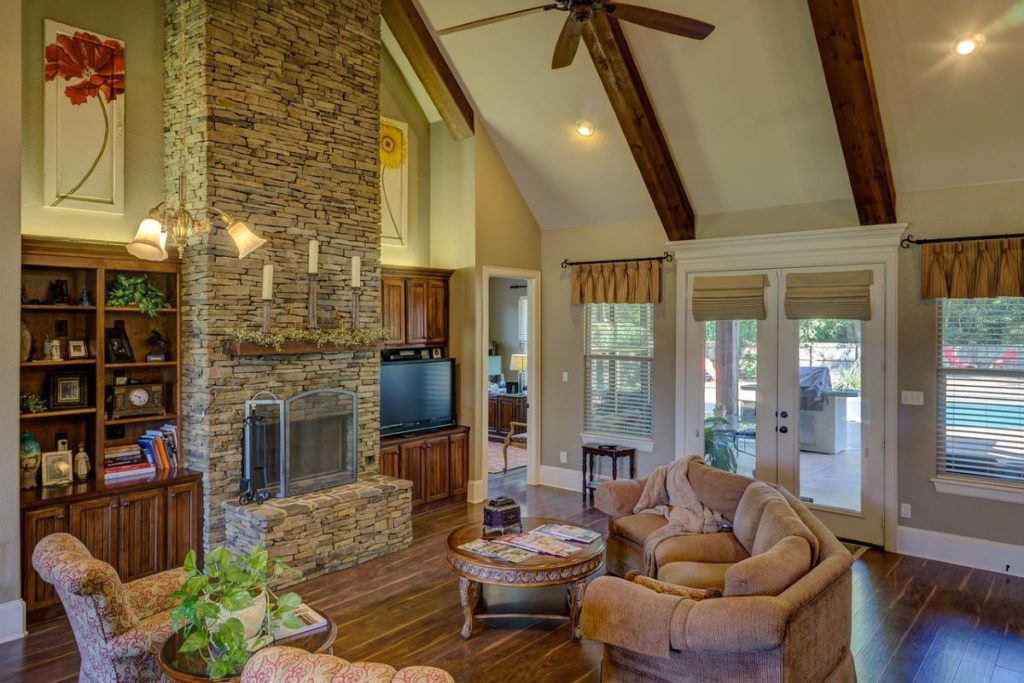Creating harmonious home decor isn’t just about making things look pretty; it’s about crafting a space that truly feels like you and brings a sense of calm and happiness. In our busy lives, our homes are like our cosy hideaways, where we can unwind, recharge, and be ourselves.
So, why is it important to harmonise your home decor? Well, think of it as a way to show off your unique style, making your place a comfy and inviting backdrop for all the things you love to do. Whether it’s picking the perfect colours to set the right mood, choosing furniture that’s both practical and comfy, or adding those special little touches, harmonising your decor can make your home a wonderful place to live in, where every day feels like a treat.
Start with a Clear Vision

To harmonise your home, it all begins with a clear vision. Envisioning the atmosphere and mood you want to create in each room is the foundational step towards achieving a balanced and inviting living space. Once you have that vision, it’s time to translate it into your home décor. This involves choosing a cohesive colour palette that runs like a unifying thread throughout your space. Imagine the soothing effect of muted earth tones like warm beiges and soft greens in your living room, which can seamlessly flow into the adjacent dining area with complementary shades.
Consistency in style is another crucial element in creating harmony. Sticking to a particular style, be it rustic, modern, or eclectic, ensures a unified look throughout your home. For instance, if you opt for a rustic theme, incorporating natural woodstain colours into your furniture and décor elements can be a defining choice.
Even outdoor spaces like your deck play a pivotal role in harmonising your home. Take, for example, the choice of deck stain. The colour of your deck stain can significantly impact the feel of your home. If your indoor décor leans towards a coastal or beach-inspired style, opting for a light, weathered-grey deck stain can create a seamless transition from indoor to outdoor spaces. On the other hand, a rich, deep deck colour can complement a more traditional or classic interior design, harmonising the overall look and feel of your space.
Balance Open Spaces and Focal Points
Achieving harmony in your home décor goes beyond colour and style – it hinges on balancing open spaces, considering scale and proportion, and incorporating diverse textures and materials into your design. A harmonious home strikes a delicate equilibrium between spaciousness and cosiness. While open spaces can foster an airy and inviting atmosphere, it’s crucial not to overdo it. The key lies in smartly arranging your furniture and décor elements to create distinct zones without overcrowding or leaving too much empty space. This balance ensures that each area serves its purpose while contributing to the overall harmony of the room.
Scale and proportion play a pivotal role in harmonising your home. Furniture should fit the size of the room appropriately. For instance, if you have a small living area, opting for a large sectional sofa might overwhelm the space. In contrast, a cosy two-seater or a modular sofa could strike a more harmonious balance. On the other hand, a large open-concept living space may require more substantial furniture to fill the space adequately.
Textures and materials add depth and character to your décor. Mixing various textures and materials can create a tactile experience and elevate the overall ambience of your home. Consider incorporating timber filler and deck oil to enhance the natural beauty of wooden elements in your home. Timber filler can help fill gaps and imperfections in wood surfaces, ensuring a smooth and polished appearance. Meanwhile, deck oil can protect and rejuvenate outdoor wooden surfaces, enhancing their durability and appearance.
Pay Attention to Lighting
Balancing open spaces in your home can be a rewarding endeavour, and lighting plays a crucial role in achieving this equilibrium while adding a personal touch to your space. The strategic use of different lighting fixtures can delineate areas within an open floor plan, creating distinct zones without compromising the sense of spaciousness. For instance, pendant lights above a dining table or a kitchen island can define those areas, while floor lamps or sconces can provide task lighting and ambience in the living space. By layering ambient, task, and accent lighting, you can transform a large, open area into a harmonious living environment that suits your needs and preferences.
However, as you add lighting and various design elements to your open spaces, it’s equally essential to practice the art of editing and simplifying your décor. Clutter can quickly disrupt the balance and flow of an open-concept design. Removing unnecessary items, decluttering surfaces, and streamlining your furnishings can help you achieve a cohesive look and feel. A minimalistic approach allows your design choices to shine and makes your open spaces feel more comfortable and harmonious.
Maintaining and enhancing the look of your space also involves simple techniques and maintenance routines. For instance, a wooden floor cleaner can help you preserve the beauty of your timber floors, ensuring they continue to contribute to the overall aesthetic of your home. Similarly, using a floor polisher in the right way can help to maintain its beauty.
It all comes down to designing and decorating the space in a way that helps you to be the best version of yourself. Always keep in mind that every home and family is unique, and it is important to consider the needs of all the people who are going to live there to make the most of it. For example, if you are someone who enjoys having guests at your home for a stayover, you can design a guest room so that you don’t have to rearrange any room at short notice.
The process is going to be time-consuming, and maybe when you start, you might not have a very clear picture in your mind. Don’t stress – all good things in life take time, and once you start working on it, new ideas will come into your mind.

